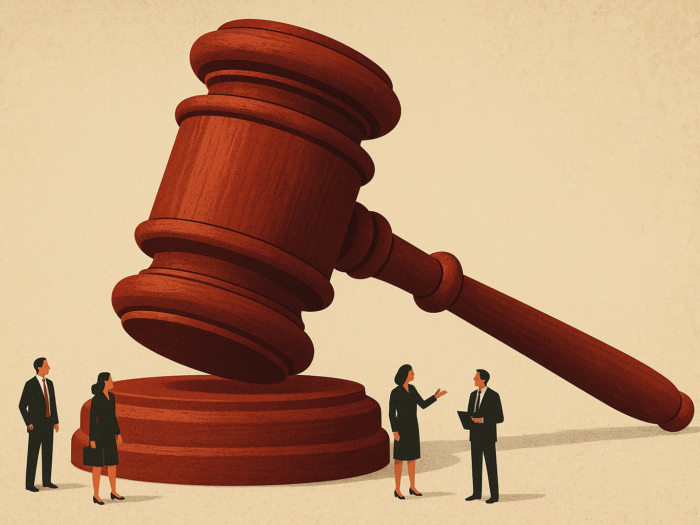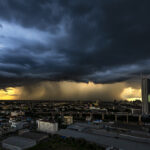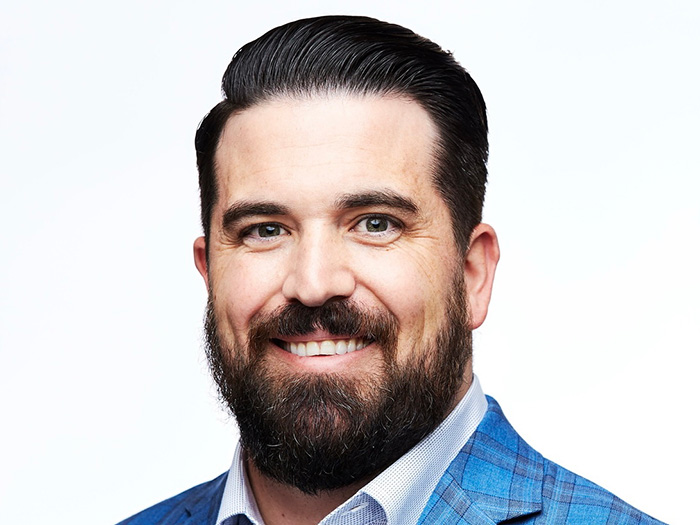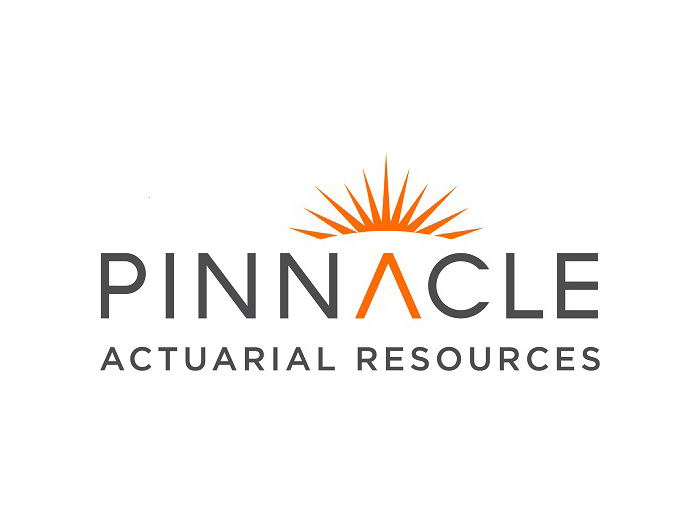Nuclear Verdicts Skyrocket: Corporate Lawsuit Awards Surge 116% to $31.3 Billion in 2024

Nuclear verdicts against corporations surged to unprecedented levels in 2024, with 135 lawsuits resulting in awards exceeding $10 million, a 52% increase over 2023, while the total of such verdicts reached a staggering $31.3 billion, up 116% from the previous year, according to Marathon Strategies research.
The dramatic rise in supersized jury awards shows no signs of slowing, according to the annual report. “Thermonuclear verdicts,” those exceeding $100 million, jumped to a record 49 cases in 2024, compared to 27 in 2023. In addition, five verdicts surpassed the $1 billion threshold, more than doubling the two such awards in 2023, the report revealed.
Even the median verdict climbed to $51 million, up from $44 million in 2023 and significantly higher than the $21 million median verdict in 2020.
These enormous awards have spread across the corporate landscape, affecting 55 different industries in 2024, up from 48 in 2023. The beverage sector faced the heaviest financial toll at $8.5 billion in jury awards, followed by entertainment ($4.7 billion), agricultural chemicals ($2.3 billion), construction and engineering ($2 billion), technology hardware ($1.9 billion), and oil and gas ($1.8 billion). Two dozen industries experienced verdicts totaling at least $100 million, Marathon Strategies reported.
The geographic reach of nuclear verdicts expanded substantially in 2024, landing in 34 states (up from 27) and 77 courts (up from 65).
Nevada emerged as the leader with $8.4 billion in total verdicts, primarily due to multiple contamination cases against Las Vegas-based AffinityLifestyles.com Inc. and its Real Water brand, whose products were found to have been contaminated with a chemical from jet fuel, according to the report. Those Real Water cases also fueled the beverage sector’s rise to the sector with the highest verdicts.
Traditional litigation hotspots followed Nevada: California ($6.9 billion in total verdicts), Pennsylvania ($3.4 billion), Texas ($3 billion), and New York ($2.1 billion).
Product liability ($13.7 billion) and intellectual property ($4.4 billion) cases continued driving the largest verdicts. Most were handed down in state courts ($20 billion across 85 cases) rather than federal courts ($11 billion in 50 cases), consistent with historical patterns.
Corporate Vulnerability in a Changing Jury Landscape
Several factors are converging to create this hostile litigation environment, according to Marathon Strategies.
“While many factors have influenced this growth, Marathon’s research identified corporate mistrust, social pessimism, erosion of tort reform, and public desensitization to large numbers as among the most important,” the report noted.
Other factors, according to the report, included:
- A shift in jury pool demographics to include more Millennial and Gen Z jurors.
- Plaintiff attorney tactics, such as “reptile theory,” in which lawyers appeal to juror’s emotions, and “anchoring,” which aims to place an extraordinarily large award in the minds of jurors.
- A “distinct lack of trust” in institutions, resulting in rising anti-corporate sentiment.
Legislative Responses and Future Outlook
Meanwhile, Florida’s experience underscores how legislative action can affect outcomes—after implementing comprehensive tort reform in early 2023, the state fell from its historical position as the second-ranked venue for nuclear verdicts to seventh in 2023 and 10th in 2024, according to the report.
Some other states have begun addressing the nuclear verdict trend through legislation, the report noted. While Colorado and New Hampshire increased damage caps for the first time in decades, West Virginia and Indiana enacted measures expected to curb lawsuit liability. Georgia joined this group in April 2025, with Governor Brian Kemp signing legislation to overhaul the state’s civil litigation system, making it harder to sue businesses for premises liability.
Despite these efforts, verdicts appear poised to continue rising in 2025, according to Marathon Strategies. Corporate counsels report increasing difficulty reaching pre-trial settlements due to higher legal costs, regulatory changes, and elevated settlement demands. Attorney advertising—now exceeding $2.4 billion annually—continues fueling plaintiff recruitment for mass tort litigation.
Emerging risk areas likely to drive future verdicts include “forever chemicals,” obesity claims, algorithmic liability, cryptocurrency, and cybersecurity, the report noted. Perhaps most significantly, artificial intelligence is expected to reshape litigation by helping identify potential lawsuit opportunities, marketing class actions more effectively, and enabling more efficient case handling.
Obtain the full report here. &










